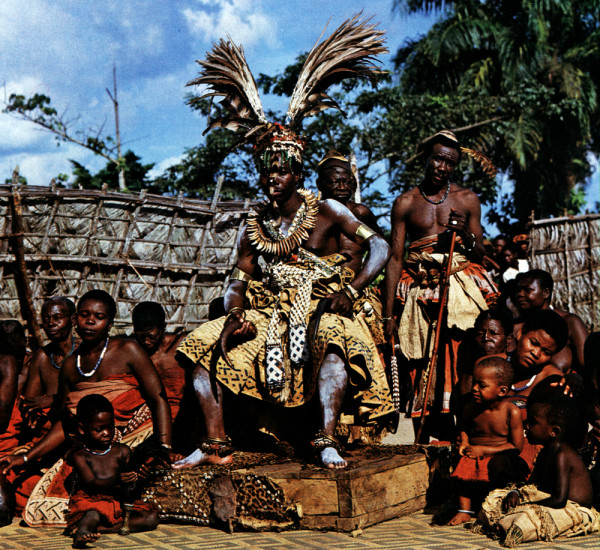
The game of football is one of the only things uniting the world today. Broadly speaking, the game is mostly thriving in Europe. That is where players can get huge sums of money for their skills.
Therefore, it is not surprising that any player, especially from Africa, will want to showcase their skills in Europe and make a meaningful life for themselves and their families back home.
Whereas these desperate African footballers are admired and praised for their skills, on the other, they are strangers in a strange land. The racism they encounter in stadiums across Europe, including fans shouting racial remarks and throwing bananas on the field as they play, shows how hostile and isolating black life is in Europe today. Although the European football body-UEFA is doing what it can to prevent racism, the practice is still prevalent in many European countries.
Based on this premise, the Senegalese artist-Omar Victor Diop, has used the sport as a metaphor in his new project. In his latest photo series –Project Diaspora, Diop chose figures of African descent who have played notable roles in European history, but are mostly not heard about back home in Africa.
Their lives span the period between the 16th and 19th centuries, the period known for the Transatlantic Slave trade, in which more than 12 million Africans were shipped to Europe and America. Using himself as the subject, Diop recreated these classic paintings as photographic self-portraits, adding soccer balls, cleats and other athletic gear to complete the symbolic link between past and present.
The first personality Diop showed is Jean-Baptiste Belley, who lived from 1746 – 1805. He was a former slave in the French West Indies who bought his freedom with his savings. He became a member of the National Convention and the Council of Five Hundred of France. The original painting of the image was done by Girodet. This is how he used to appear in public when he was alive.
From Belley, the next person you see is called Ayuba Suleiman Diallo (1701-1773). He was born in Senegal, in West Africa. His memoirs were published as one of the earliest first-person accounts of the slave trade. The original painting was done by William Hoare.
Adolf Ludvig Gustav Fredrik Albert Badin, lived around 1750 – 1822. His birthplace is not known, however, it believe he was taken from Africa as a slave to the then Danish Island of Saint Croix. He became the Swedish court-servant and diarist, butler of first Queen Louisa Ulrika of Prussia, and then Princess Sophia Albertine of Sweden. His original name was Couchi. The original painting was by Gustaf Lundberg.
Don Miguel de Castro, lived around 1643. He went to the Netherlands to find a resolution to an internal conflict in the Congo. Not much is known of him, but historians suggest he played a key role in bringing peace to the Congo in those days. The original painting was done by either Jaspar Beck or Albert Eckout.
Angelo Soliman, lived from 1721-1796. He was taken captive as a child from the Bight of Benin-present day Nigeria. He was eventually taken to the home of Prince of Liechtenstein in Vienna, rising to become the chief servant and royal tutor of the heir to the throne- Prince Aloys I. He was also a valued friend of Austrian Emperor Joseph II. The original portrait was done by Gottfried Haid, and was based on an artwork by Johann Nepomuk Steiner.
The next man you see is from Morocco. He was born in 1913. His name is José Tapiró y Baró. He was a Catalan painter. One of his closest friends was the painter Marià Fortuny, with whom he shared an interest for Orientalism. He was also a master of watercolor painting. The original painting was done by José Tapiro y Baro.
This is Dom Nicolau, who lived around 1830-1860. He was the prince of the Congo. He is believed to be among the earliest African leaders to have publicly written in protest of colonial rule in Africa on European soil. He wrote against Portuguese commerce, political activity and military expansion. It is not clear who did the original painting.
Juan de Pareja (1606 – 1670), was a Spanish painter who also acted as an assistant for influential artist Diego Velázquez. He was a slave but later became a free man. He was described as a “Morisco”, being “of mixed parentage and a strange color”. The original painting was done by Diego Velasquez.
Kwasi Boakye (1827-1904), was born as a prince of the Ashanti Kingdom, in the then Gold Coast-present day Ghana. In 1837, when Boakye was just a boy, he was taken to the Netherlands by the Dutch to train to become a mining engineer. Little is known about Boakye back home in Ghana.
Coast-present day Ghana. In 1837, when Boakye was just a boy, he was taken to the Netherlands by the Dutch to train to become a mining engineer. Little is known about Boakye back home in Ghana.
Olaudah Equiano, lived from 1745 – 1797. His slave name was Gustavus Vassar. He became a prominent freed slave in London after buying his freedom, supporting the British movement to end the slave trade. He was taken from the Bight of Biafra-present day Nigeria. His popular autobiography, published in 1789-The Interesting Narrative of Olaudah Equiano or Gustavus Vassar the African, was considered highly influential in passing the Slave Trade Act by the British parliament in 1807.
August Sabac El Cher (1836 – 1885), was an early Afro-German who was given to Prince Albert of Prussia as a boy in 1843. He was embraced as Prussian and became part of an influential military family.
Lastly, St. Benedict of Palermo (1526-1589), was an Italian Franciscan friar in Sicily who is venerated as a saint in the Catholic and Lutheran churches. Benedict is remembered for his patience when confronted with racial prejudice. The original painting was done by José Montes de Oca.
You can see from this work that history has much to tell. But it will only be possible if we are also ready to learn and to honor these great personalities.
You want to support Anonymous Independent & Investigative News? Please, follow us on Twitter: Follow @AnonymousNewsHQ



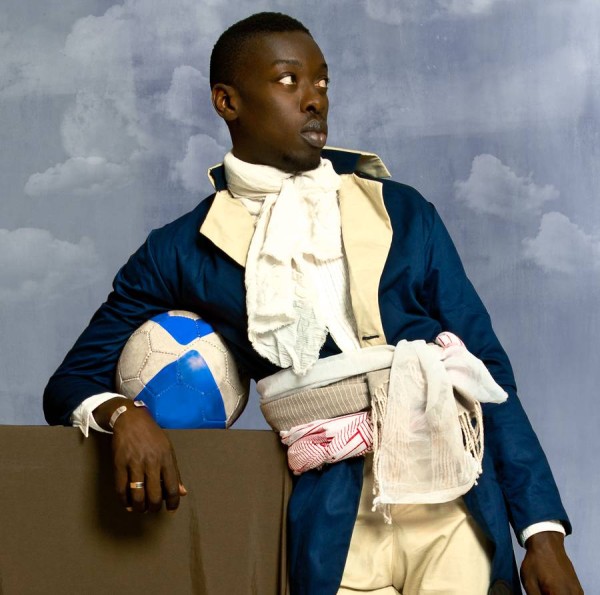
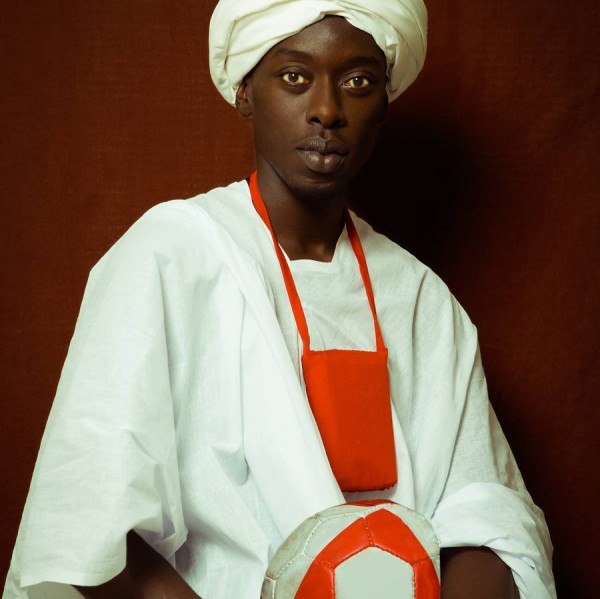
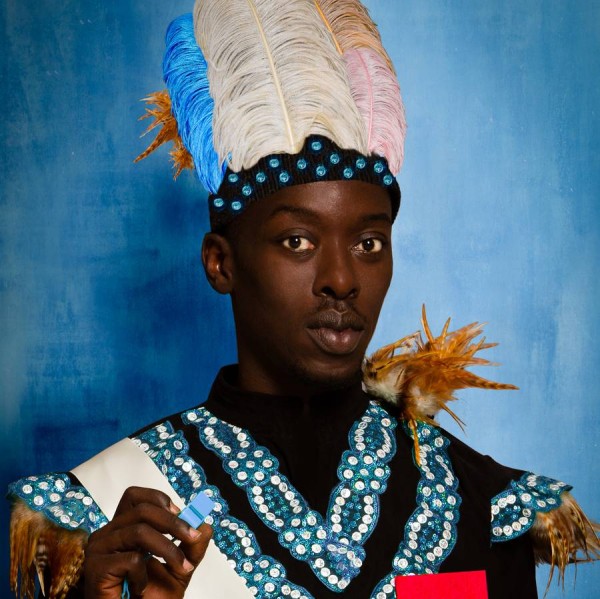

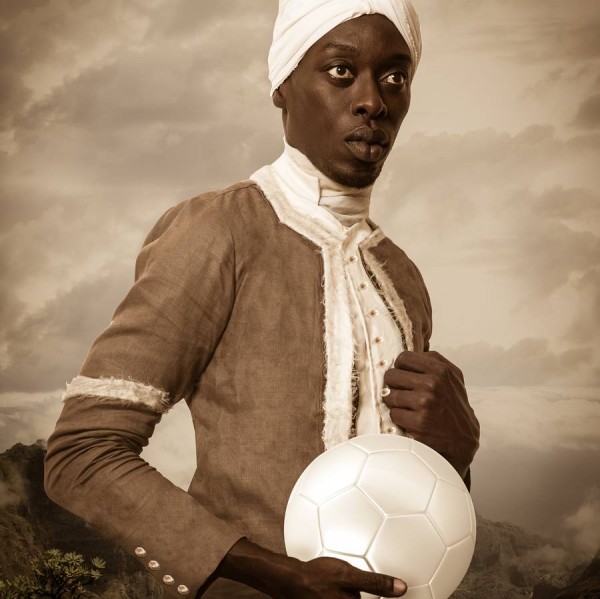
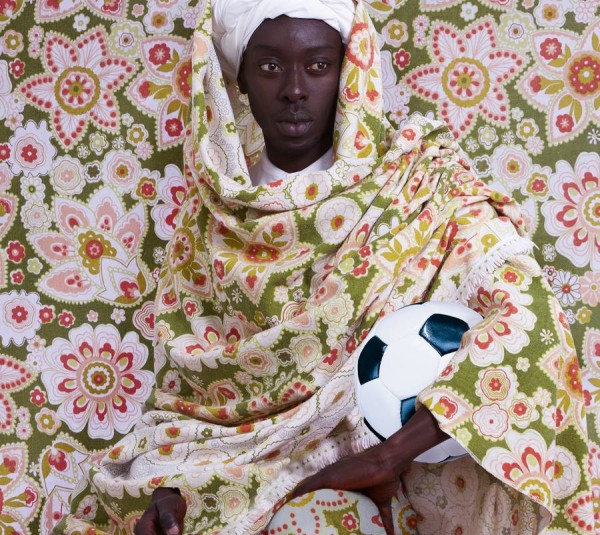
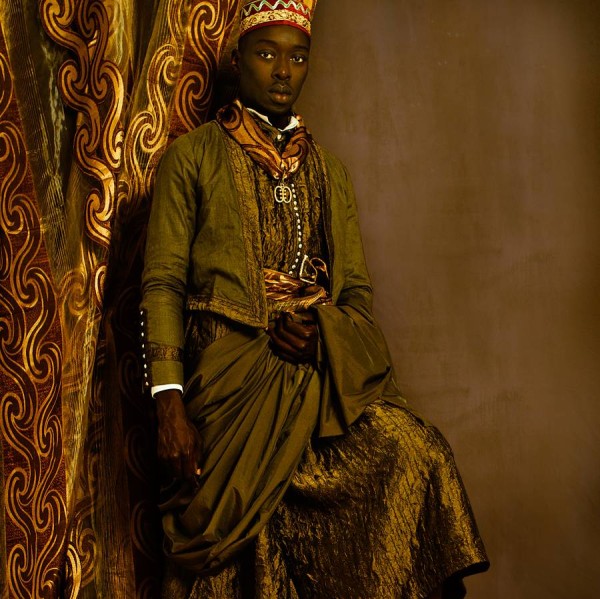

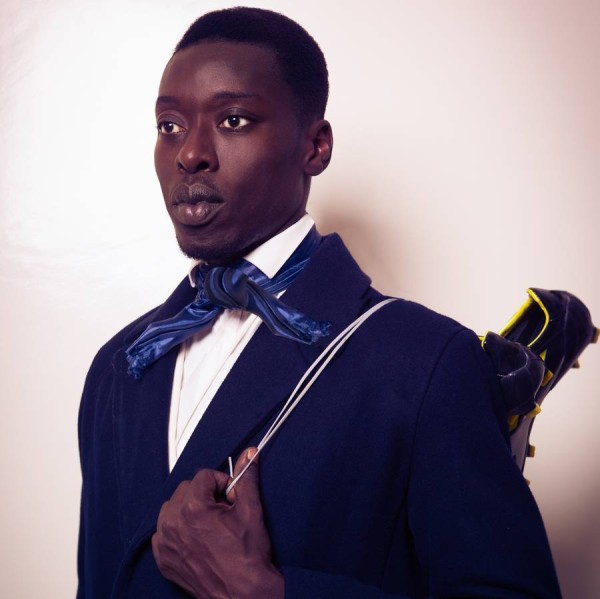
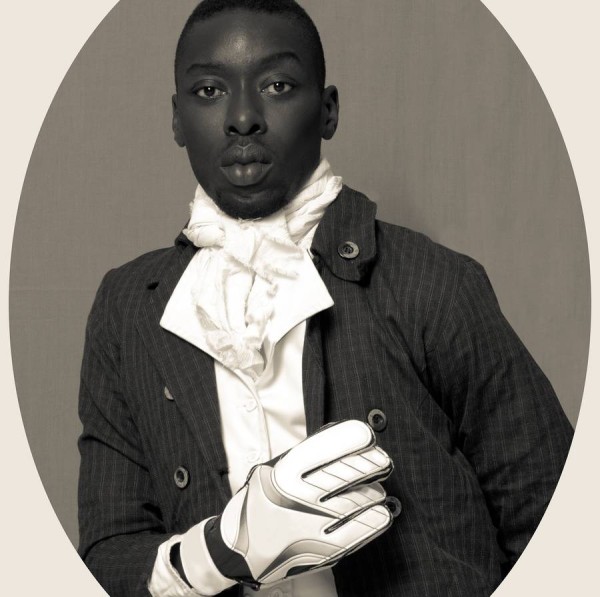





I am an Australian Aboriginal from Tasmania. We are many but none are full blood because of a holocaust not many know of.